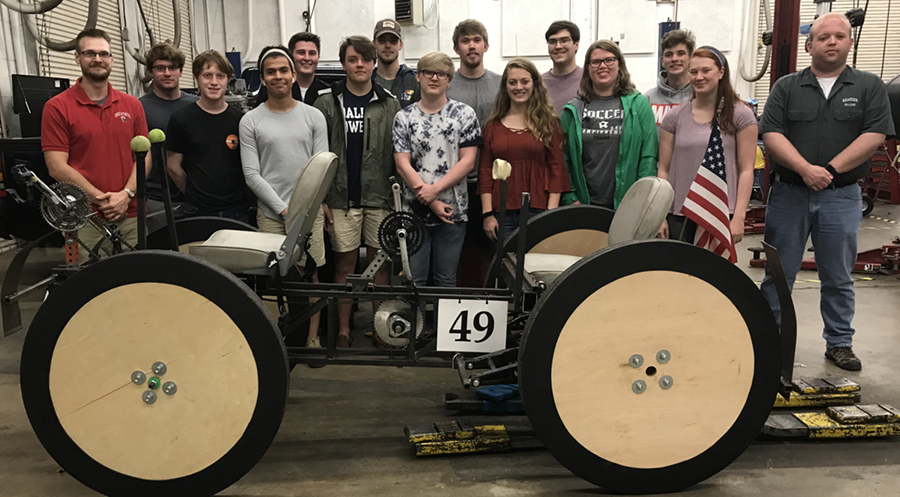Space Grant Consortium
Department of Earth and Planetary Sciences

In the Department of Earth and Planetary Sciences, the TN Space Grant Consortium promotes space and science education through Tennessee. Members of the consortium work with students at all levels – from elementary schools to universities. The program is part of the National Space Grant College and Fellowship Program, supported by NASA and member affiliates and institutions.
“The UT Consortium is important because of STEM-related education and outreach it has enabled us to provide to our community,” said Devon Burr, principle investigator and associate professor of planetary science. “We’ve engaged with a range of STEM-related activities – from in-class activities to trips for college and graduate student clubs and classes.”
The Student Space Flight Experiments Program in Knox County Schools provides students the opportunity to design microgravity flight experiments and submit proposals to NASA flight engineers. Each proposal and experiment has the chance to be selected for delivery to the International Space Station. During the 2017-18 program, 16 students from five schools and five teachers traveled to Cape Canaveral, Florida, to view the launch of a Falcon 9 rocket that carried their experiment – “The effect of microgravity on tooth decay” – to the International Space Station.
Another outreach program coordinated by members of the TN Space Grant Consortium is NASA’s Human Exploration Rover Challenge at Bearden High School. Formerly known as the Great Moonbuggy Race, it is an engineering competition for high school and college students to design a two-passenger, self-propelled rover capable of navigating an obstacle course in less than seven minutes.
“Graduate and undergraduate students are the primary spokespersons for education and public outreach in our department,” said Robert Jacobson, TN Space Grant Consortium outreach coordinator. “Traveling to and speaking at local schools and museums, these students make valuable contributions and build partnerships with STEM formal and information education providers.”






